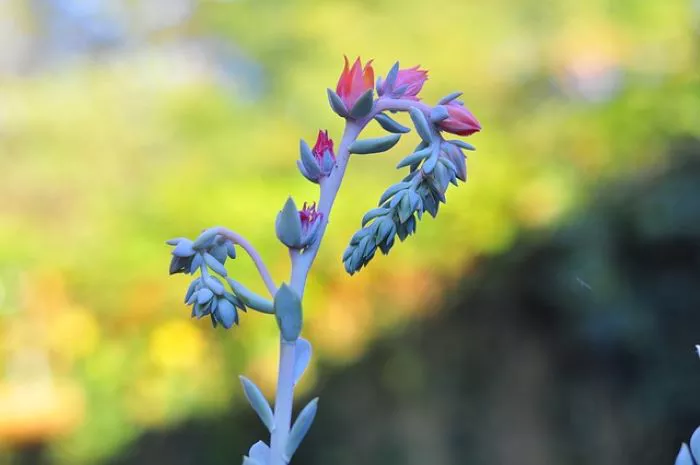Repotting succulents is an essential part of their care. It allows for fresh soil, more space for growth, and the opportunity to address any root issues. However, many gardeners wonder how long they should wait to water their succulents after repotting. This article will provide a detailed understanding of this important aspect of succulent care.
Understanding the Repotting Process
Repotting involves moving a plant from one container to another, often to provide more space or fresh soil. This process can be stressful for succulents, which are adapted to survive in arid conditions. When repotting, it is crucial to minimize shock to the plant. One of the most important considerations after repotting is how and when to water.
Why Waiting to Water is Important
After repotting, succulents need time to adjust to their new environment. The roots may have been disturbed during the process, and watering too soon can lead to several issues.
First, freshly cut roots are vulnerable. When you repot a succulent, you often expose or cut some roots. These roots need time to callus over and heal. If you water immediately after repotting, the moisture can lead to root rot, as the damaged roots may not be able to absorb water effectively.
Second, the new soil needs to settle. When you repot, the soil mix can become loose and airy. Watering too soon can cause the soil to compact unevenly, which affects drainage and root aeration. Allowing the soil to settle before watering helps create a stable environment for root growth.
General Guidelines for Waiting to Water
As a general rule, it is advisable to wait about one week before watering your succulents after repotting. This waiting period allows the plant to recover from the shock and gives the cut roots time to callus. However, this guideline can vary based on several factors.
Factors Influencing the Waiting Period
Several factors can influence how long you should wait to water after repotting succulents. Understanding these factors will help you make the best decision for your plants.
Soil Type plays a significant role. If you use a well-draining soil mix, it will dry out faster. In this case, you may need to wait only a few days before watering. Conversely, if the soil retains moisture, you may want to extend the waiting period to ensure the roots are not sitting in damp conditions.
Environmental Conditions also affect the drying time. In warm, dry climates, the soil may dry out quickly, allowing you to water sooner. In cooler, humid environments, the soil may take longer to dry. Monitor the soil moisture to determine the best time to water.
The Size and Health of the Plant are also important. Larger, more established plants may require more time to recover than smaller, younger ones. If the plant was root-bound or showed signs of stress before repotting, it may need additional time to adjust.
Signs That It Is Time to Water
After the waiting period, you should check the moisture level of the soil before watering. Here are some signs that indicate your succulent may be ready for water:
The soil feels dry to the touch. Stick your finger about an inch into the soil. If it feels dry, it is time to water.
The leaves may start to wrinkle slightly. Succulents store water in their leaves, so if they appear slightly shriveled, it may indicate that they need watering.
If the plant looks healthy and vibrant after the waiting period, it is a good sign that it is ready for a drink.
How to Water After Repotting
When you decide to water your succulent after the waiting period, it is essential to do so correctly. Here are some tips for watering succulents after repotting:
Use a watering can with a narrow spout or a spray bottle to control the amount of water you apply. This helps prevent overwatering.
Water the soil thoroughly but avoid soaking the plant. Ensure that the water reaches the root zone without flooding the leaves or stem.
Allow excess water to drain out of the bottom of the pot. Good drainage is crucial for succulent health, as standing water can lead to root rot.
After watering, do not water again until the soil has completely dried out. This may take several days to a week, depending on environmental conditions and soil type.
Monitoring the Plant’s Recovery
After repotting and watering, it is essential to monitor your succulent’s recovery. Look for signs of new growth, which indicates that the plant is adjusting well to its new environment. Healthy leaves should remain firm and plump. If you notice any signs of distress, such as yellowing leaves or mushy stems, reassess your watering practices.
Conclusion
Knowing how long to wait to water after repotting succulents is crucial for their health and well-being. A general guideline is to wait about one week, but this can vary based on soil type, environmental conditions, and the size of the plant. By understanding the importance of allowing roots to heal and soil to settle, you can ensure successful repotting and promote healthy growth in your succulents. With careful attention and proper care, your repotted succulents will thrive in their new environment.


